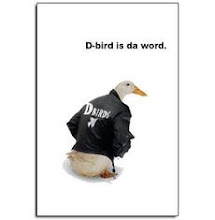There's some discussion of this going on around the traps internet safety, cyberbullying, the dangers of the social networking online.
Teaching about the web includes the troublesome parts by Stephanie Clifford in the New York Times
Common Sense’s classes, based on research by Howard Gardner, a Harvard psychology and education professor, are grouped into topics he calls “ethical fault lines”: identity (how do you present yourself online?); privacy (the world can see everything you write); ownership (plagiarism, reproducing creative work); credibility (legitimate sources of information); and community (interacting with others).
Here's a link to the (coming soon) curriuculum documents - there is a preview of the privacy unit.
Edited by Howard Gardiner: Young people, ethics and the new digital media (link to a free pdf).
Cyberbullying report from the ABC's 7.30 Report:
In a recent study one in four teenage students said they'd been bullied in the previous few weeks. A conference in Melbourne starting later this week will examine why schools aren't able to properly tackle the problem, and whether bullying itself should be made a crime.
This report spends time on teacher unfamiliarity with social media, and teachers' lack of training, as being part of the reason for the problem.
I am not abrogating the role schools and teachers can play in educating to reduce/eliminate cyberbullying, but surely it's not down to schools alone to solve this (if indeed it can be entirely eliminated/solved)?
I've done a short presentation on cybersafety at the Year 11 Crossroads program these last few years, so it will be good to incorporate material from these resources.
Cheers
Ruth
Subscribe to:
Post Comments (Atom)






















No comments:
Post a Comment